Exploring Mathematics with Math Lab
Our Math Lab provides a hands-on and interactive learning environment, making mathematics fun, engaging and accessible. With cutting-edge technology and innovative tools, our students can explore, experiment and learn mathematical concepts in a practical and enjoyable way. We believe that a well-equipped Math Lab is essential for building a strong foundation in mathematics.
Unit Cubes
Unit cubes are fundamental building blocks in mathematics, particularly in geometry and measurement.
They help students visualize three-dimensional structures, understand volume, and develop spatial reasoning skills.
By arranging unit cubes, students can explore concepts such as surface area, volume calculations, and patterns in mathematical models.
Hands-on engagement with unit cubes enhances problem-solving abilities and fosters a deeper understanding of mathematical principles.
These cubes serve as an essential tool for early learners, allowing them to grasp numerical concepts in a tangible way.
They also aid in developing logical thinking by encouraging students to experiment with different arrangements and structures.
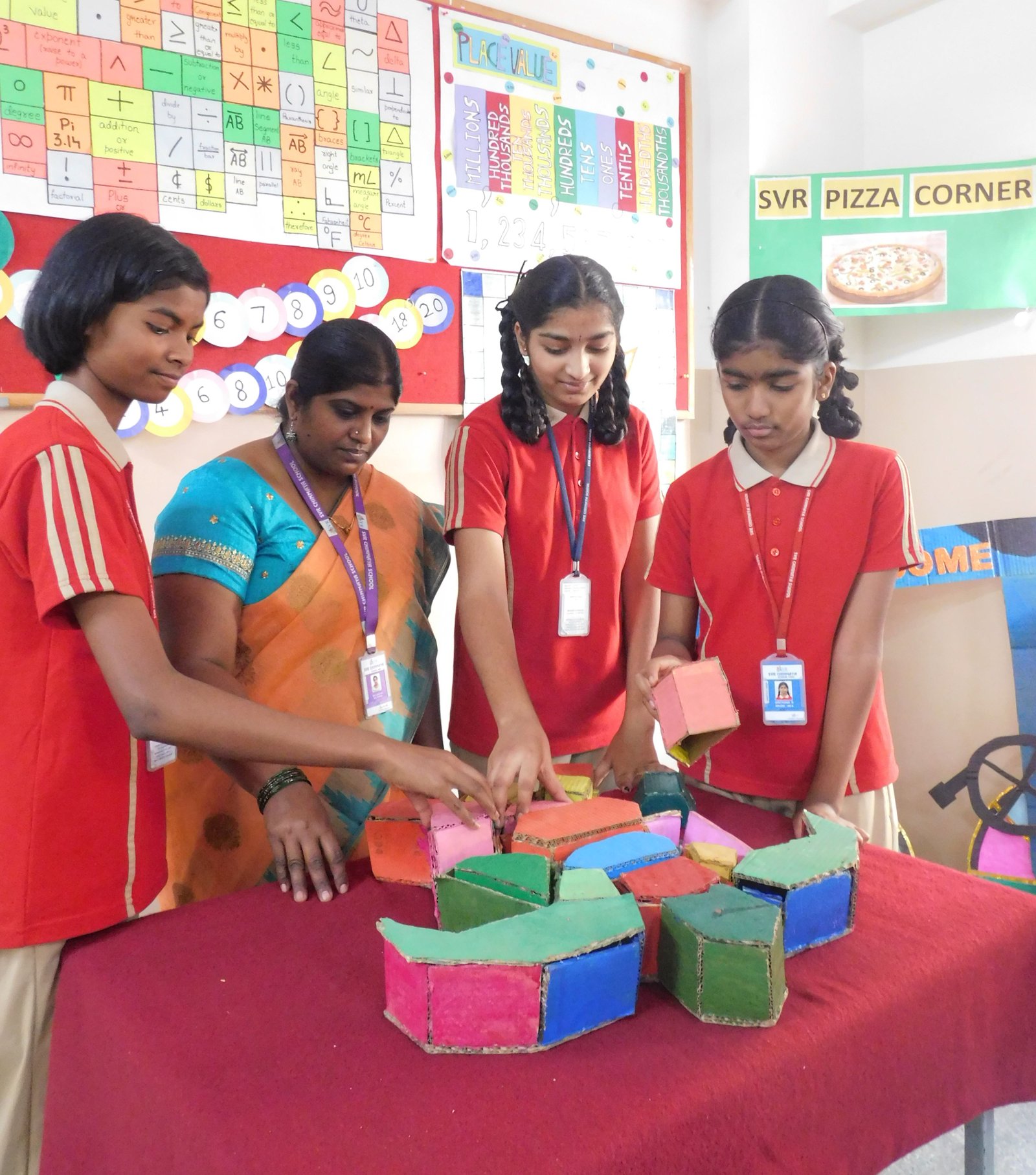
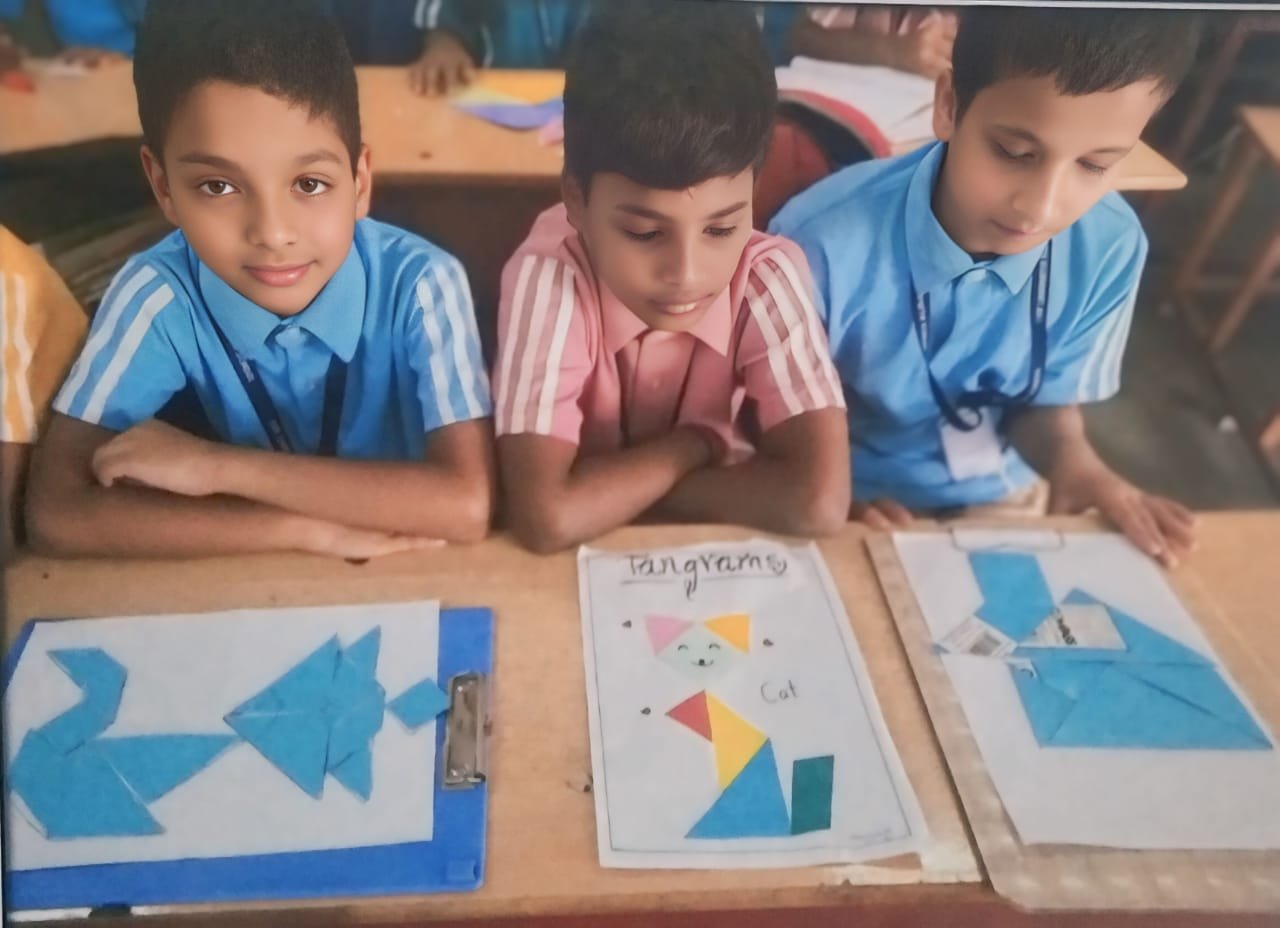
Tangram
Tangram is an ancient Chinese puzzle that consists of seven geometric pieces, called tans, which can be arranged to form various shapes.
It is widely used in mathematics education to develop spatial awareness, problem-solving skills, and creativity.
By manipulating these shapes, students learn about symmetry, geometric transformations, and pattern recognition.
Tangram puzzles provide an engaging way to explore concepts such as area, perimeter, and angles, making learning both fun and interactive.
Geo Boards
Geo boards are hands-on mathematical tools that help students explore geometric concepts such as shapes, symmetry, area, and perimeter.
They consist of a grid of pegs where rubber bands can be stretched to form various shapes, enhancing spatial reasoning and creativity.
By manipulating rubber bands on a geo board, students can understand transformations like rotation, reflection, and scaling.
These interactive tools make learning geometry engaging and provide a strong visual understanding of fundamental mathematical principles.
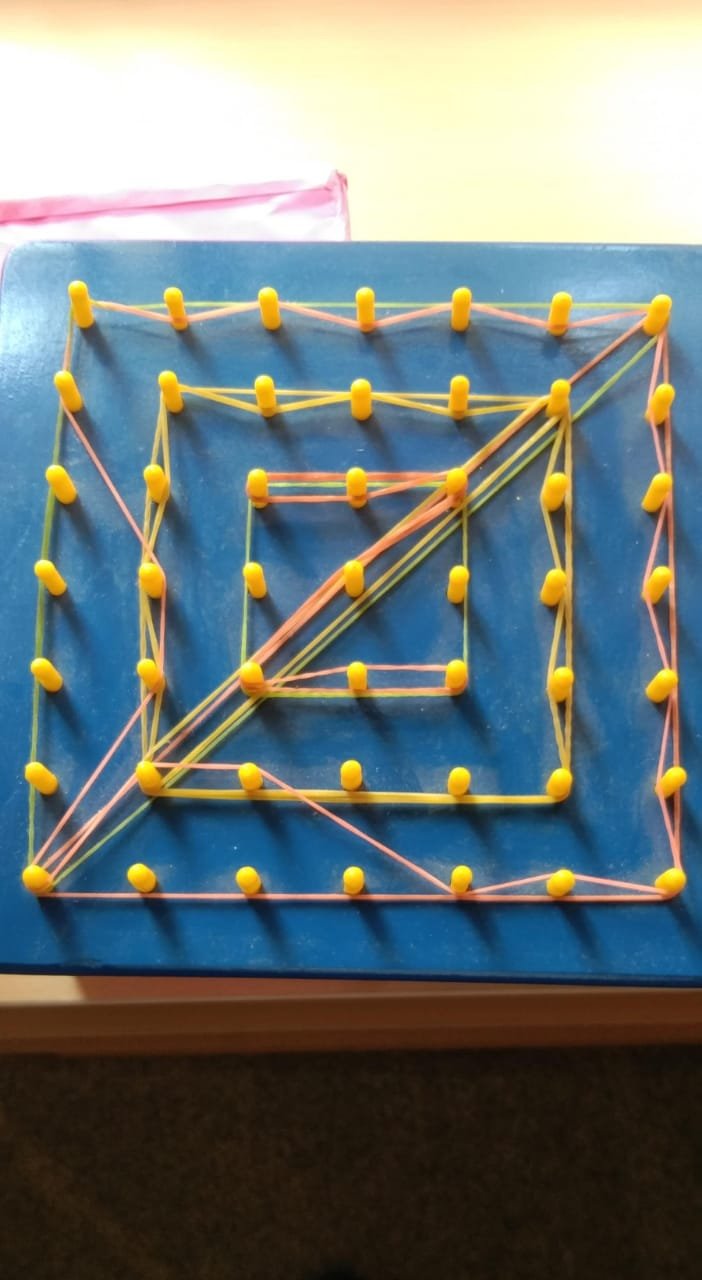
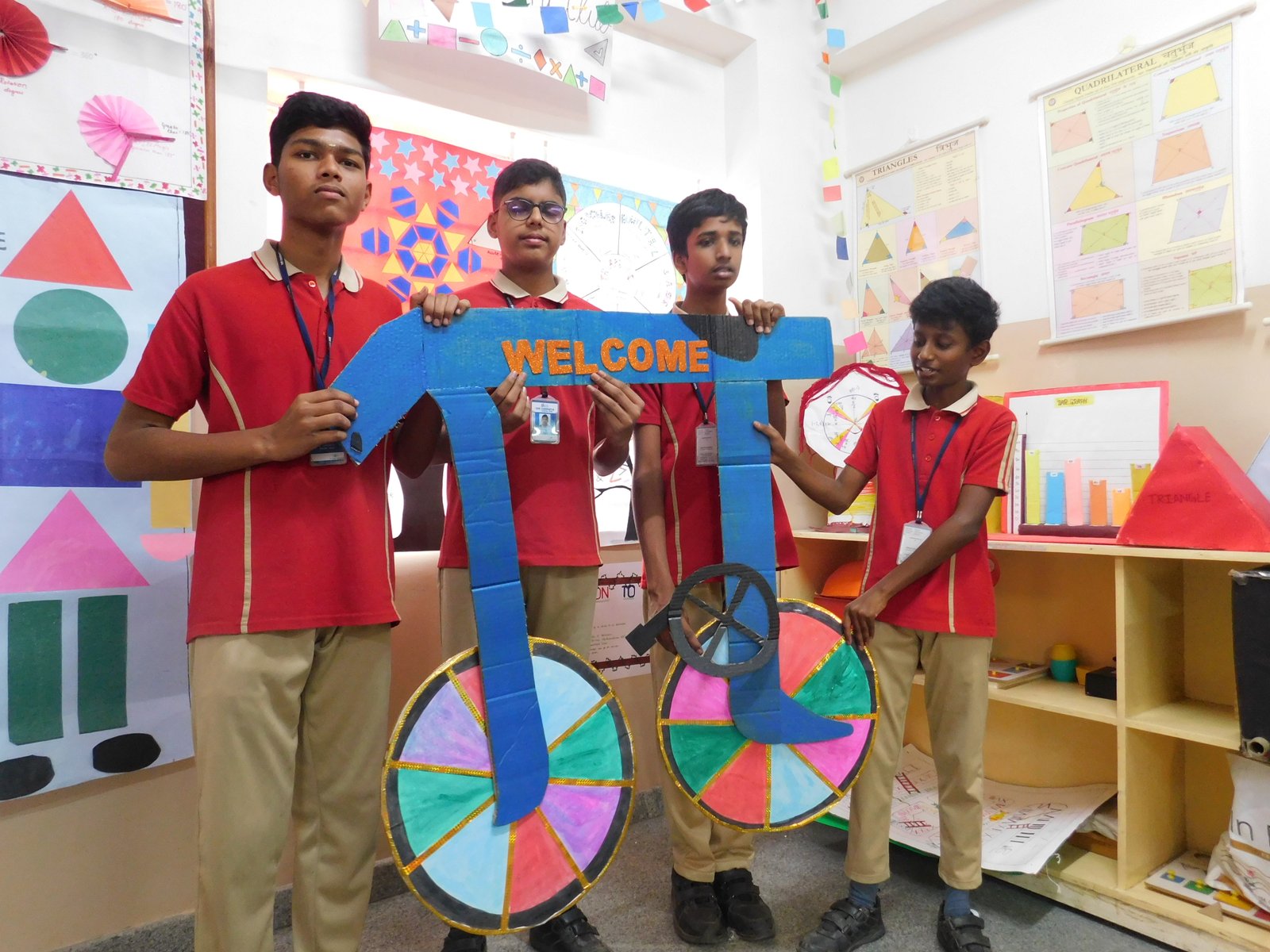
Chart Papers
Chart papers are an essential visual aid in education, widely used for creating informative posters, diagrams, and interactive learning materials.
They help students illustrate complex concepts in an engaging and colorful manner, enhancing understanding and retention.
These papers are perfect for group activities, brainstorming sessions, and classroom displays.
Whether used for drawing geometric figures, mind maps, or mathematical formulas, chart papers encourage creativity and active participation in learning.
Teachers often use chart papers to present key concepts in a visually appealing way, making lessons more interactive.
They also serve as an excellent tool for students to collaborate on projects and develop presentation skills.
Bar Graphs
Bar graphs are a fundamental tool in data visualization, helping students represent and analyze numerical data effectively.
They use rectangular bars to compare different categories, making it easier to identify trends and patterns at a glance.
These graphs are commonly used in mathematics and statistics to display survey results, financial data, and scientific observations.
By interpreting bar graphs, students develop critical analytical skills and learn to present information clearly and concisely.
Bar graphs are also widely used in real-world applications, from business reports to scientific research.
Understanding how to create and interpret them enables students to make data-driven decisions in various fields.
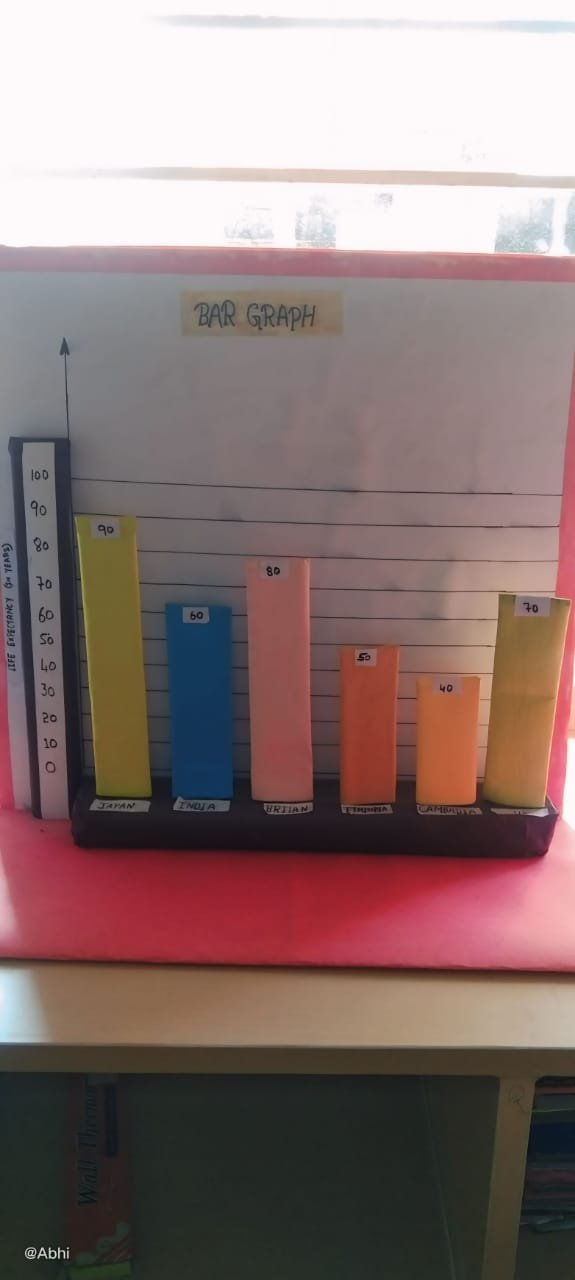
Conclusion
The Math Lab provides a dynamic and engaging learning environment where students explore mathematical concepts through hands-on activities. By integrating interactive tools such as unit cubes, tangrams, geoboards, and bar graphs, students develop a deeper understanding of mathematical principles while enhancing their problem-solving and analytical skills. This innovative approach makes learning math enjoyable and accessible, fostering curiosity, critical thinking, and confidence in their abilities. With real-world applications and creative exploration, the Math Lab helps students see mathematics not just as a subject but as a valuable skill that prepares them for future academic and career success.